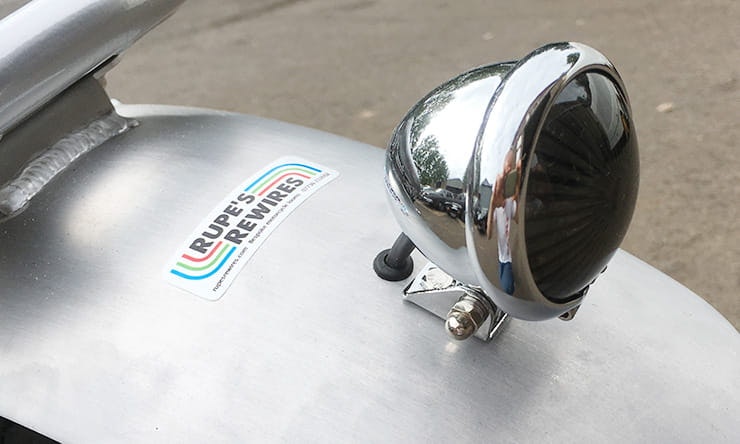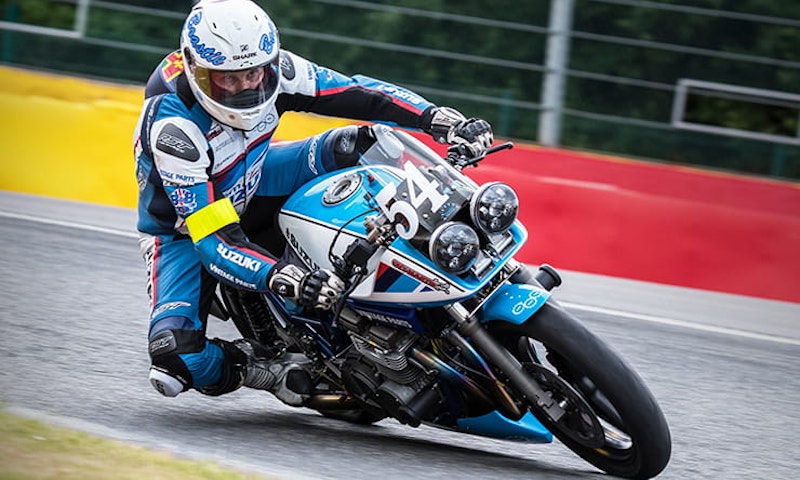Motorcycle electrics explained: Headlights & tail lights
By Rupert Paul
Rupe made his first motorcycle wiring harness in 1982, after studying motorcycle engineering at Merton Technical College. He then worked as a road and race mechanic at Steve Wynne’s Sports Motorcycles, and in 1985 became a journalist on Performance Bikes. He's ridden about 1000 models, restored/modified around 45, and interviewed scores of special builders and race teams all over Europe. rupesrewires.com
03.10.2017
Rupert Paul of Rupe’s Rewires has been designing and building custom wiring looms for six years. Here’s his take on what to look for when you buy aftermarket electrics…
There’s an LED tail light to suit every taste on eBay, and they are often remarkably cheap. When you see them you understand why.
I find problems with maybe 40% of the cheap tail lights I fit; either the brake or the tail LEDs don’t work, or the chrome is cracking, or a spacer is missing, or the insulation hasn’t been stripped before the cables are crimped. Basically, be prepared to take it to bits and rebuild it properly – and even then it might not work. Oh, and most tail lights use skinny cables and bullets, and you have to work out which is earth, brake and tail by trial and error.
There are quite a few aftermarket LED headlights out now, as modelled by this year’s Team Classic Suzuki Katana. There’s some debate as to whether they are all technically legal for the road, but they look cool. Again, there are big differences between cheap knock-offs on auction sites, and the quality products from the likes of JW Speaker, which are ECE and DOT approved, available from Mobile Centre in the UK. BikeSocial’s consumer editor John Milbank has used the JW Speaker 8790 Adaptive cornering headlight with great success.
Get more advice on all forms of motorcycle electrics by clicking here

